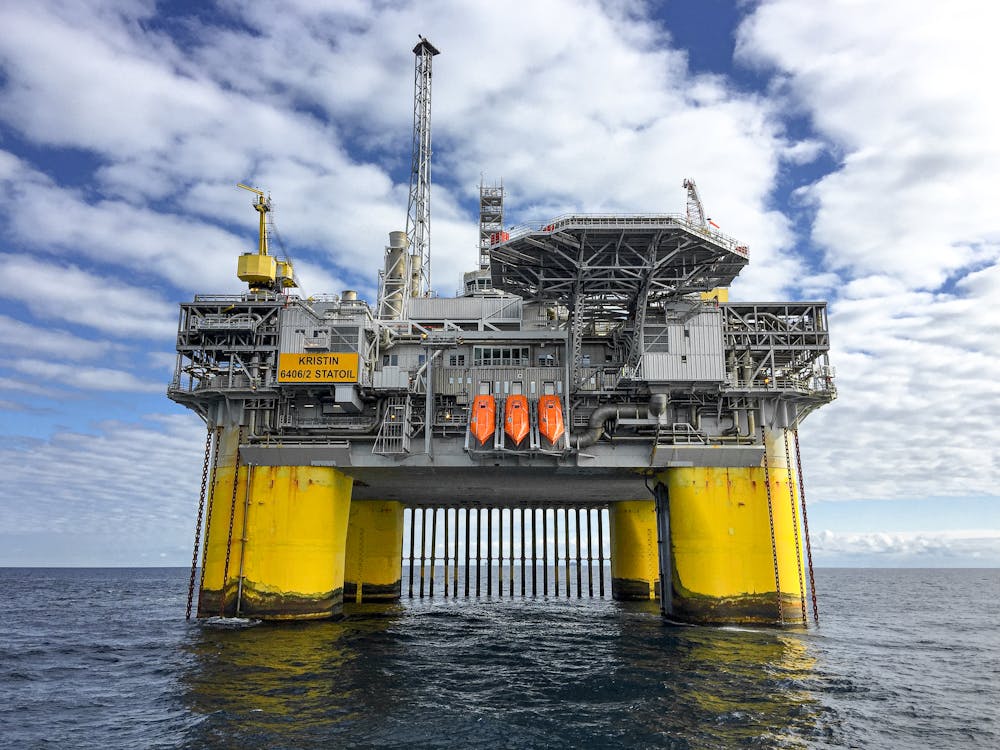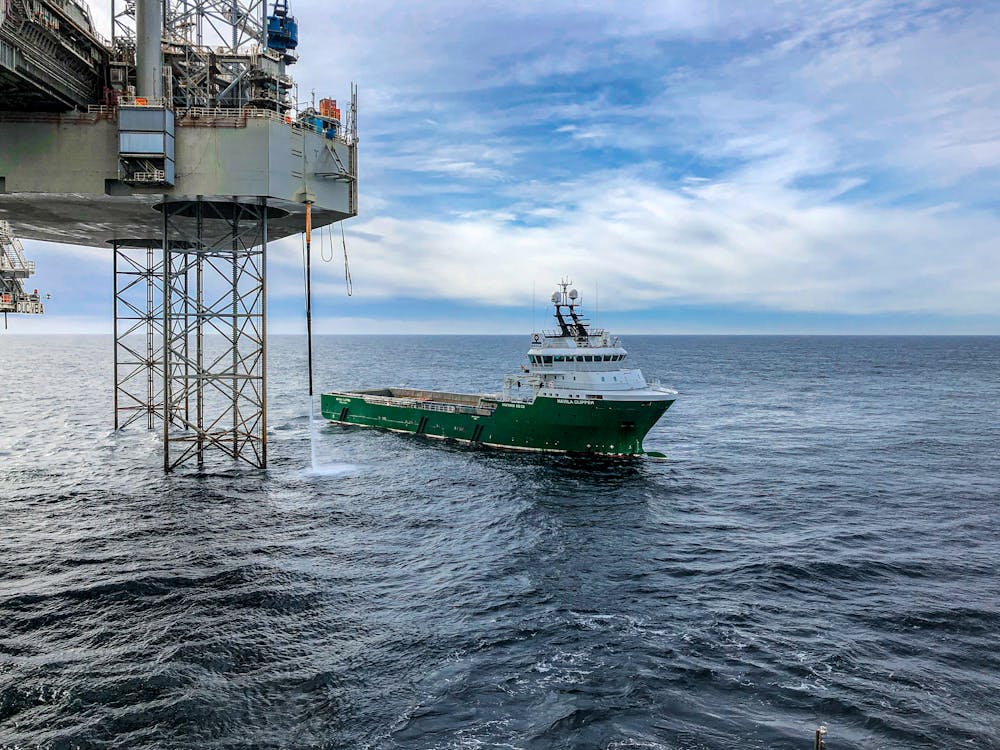The inspection of oil and gas is conducted to the highest of standards. Mainly, they focus on ensuring that all machinery is functioning properly and that the workplace is safe for everyone. The complexity of oil and gas inspection makes it difficult to meet these standards, as it includes engineering, drilling reservoirs, refining production activities, transportation of petroleum commodities, and more.
Looking for mud logging equipment for sale? CNPS is the best option for it!
Mining companies have it tough when it comes to complying with industry regulations because doing so is difficult and costly. The workers must be given the tools they need, as well as the training they require to stay up-to-date on safety protocols and to be taught how to put those procedures into practice. Updating inspection methods for oil and gas requires new knowledge, which can be gained only through extensive training.
Several non-destructive technologies and techniques have been employed in the oil and gas business, which is why it is commonly referred to as “non-destructive” (NDT).The most effective NDT techniques address problems with equipment dependability, safety, environmental impact, and compliance with various regulatory regulations.
Through the use of NDT methods, employees can check the integrity of welds, pipes, holding tanks, and risers. Each method, therefore, has its advantages. On that note, let’s take a look at the most popular inspection techniques for the oil & gas industry.
1. Visual Inspection
In the oil and gas sector, visual inspections are typically the first line of defense against faulty machinery because of how economically they can detect problems. An experienced technician inspects the area, looking for any problems that can be seen or examined using a borescope.
Problems like this can manifest as a breakdown in the structure itself or as the result of faulty welding, weathering, or cracks. Preventing potentially dangerous circumstances from happening in the first place is possible with some simple environmental monitoring and preventive actions.
However, this won’t catch every problem; non-destructive testing may be necessary to find hidden problems.

2. Ultrasonic Techniques
This testing method employs a sound wave with a frequency range (50 kHz to 50 MHz) beyond what the human ear can detect. Due to the piezoelectric phenomenon, an ultrasonic transducer can send and receive signals from within a device. The tool allows for a thorough inspection of the interior structure of the apparatus, revealing any thickness variations, welds, cracks, cavities, delamination, or other faults in the component or structure.
This approach has the drawback that data collection and analysis are highly dependent on the skill of the technician. As a result, objective interpretations and pinpoint accuracy are more challenging to achieve.
3. Radiography Inspection
X-rays and gamma rays (a form of electromagnetic radiation) are used in this inspection technique to reveal any damage or flaws inside a building’s framework.This is because the wavelengths of these waves are so small that they can go through solid materials such as steel and metal.
These nondestructive testing techniques help examine welds on pipelines and pressure containers in the oil & gas sectors. Non-metallic materials, such as ceramics and concrete, can also benefit from radiography inspection techniques.The use of this kind of NDT necessitates adherence to safety requirements.

4. Thermography
This test looks for a temperature change along a pipeline compared to its immediate surroundings. Pipeline insulation problems and oil and gas leaks can be uncovered with the use of inspection measurements. This kind of inspection is more practical and economical due to the incorporation of NDT methods and drone service.
5. Acoustic Emission Testing
The rarefaction waves caused by leaks in a pipeline can be detected using a non-destructive testing method called acoustic emissions. To conduct these tests, tiny sensors are attached to the component to be examined and used to transform the stress waves into electrical signals. This technology employs the use of ultrasonic waves to detect flaws in materials.
When things are going well, the noise spectrum remains consistent.If the spectrum of noise starts looking different, that suggests something has shifted. Pipeline leaks can be found and fixed promptly thanks to this thorough inspection.
6. Liquid Penetrant Testing
Leaks and cracks can be found with the aid of liquid penetrant testing. A colored liquid is used to detect any pores or cracks in the region being evaluated. Although liquid penetrant testing has its benefits, it’s not without its downsides.
These include the fact that it is time-consuming to set up and wash up, is not as fast as other procedures, and cannot discover problems that are not connected to the surface. The equipment is bulky and difficult to transport, making it more suitable for use in a lab than in the field.
7. Eddy Current Testing
Eddy current testing is quick, portable, and accurate just like ultrasonic testing.Nevertheless, eddy current testing is only applicable to thin, conductive materials, limiting its applicability. This is due to the fact that eddy current equipment uses electromagnetic radiation to create images of objects. Eddy current testing is still widely used to detect corrosion, cracks, or gaps in thin materials, and to evaluate coating thickness.

Even though these inspection techniques are important for the safety of people working on these sites, high-quality equipment and supplies are also equally important, and who better than CNPS for it? They are one of the best providers of mud logging equipment, geological equipment, geological field supplies, and a lot more. Contact them today to learn more about them












